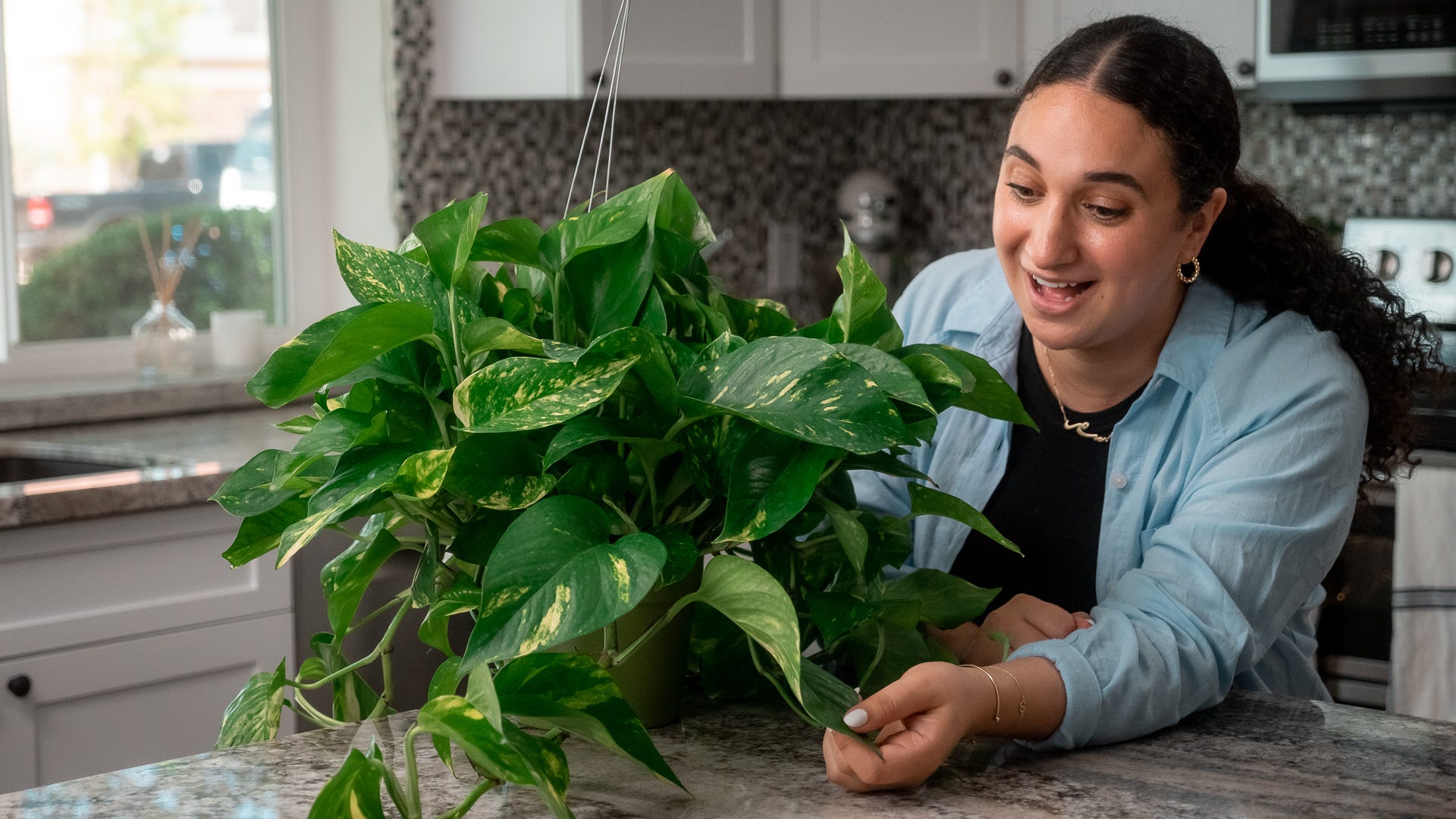Campbell Vaughn: Why are you killing your plants? See what you're doing wrong.

- Overwatering plants, especially established shrubs and lawns, can lead to root rot and plant death.
- Planting too deep, especially covering the base of the trunk, can cause rot and kill the plant.
- Piling mulch against the trunk of a tree or shrub can also lead to rot.
- Planting trees in the middle of a lawn without a mulch ring can damage the trunk from lawn care equipment.
- Ignoring signs of pests or diseases, such as white flies on gardenias or yellowing leaves, can lead to plant death.
Growing plants in the landscape isn’t too hard. With a little help from Mother Nature, you can grow most anything suited to our climate with just a little effort.
That said, it isn’t hard to kill a plant with little effort, too.
I see it all the time. Much of what I do with Extension is trying to find out what is wrong with plants in the landscape. Here is a list of the things you do to kill a plant without trying too hard.
No. 1 is overwatering. Just because the city says you can water the lawn three times a week doesn’t mean you should.
Do you know why diseases and insects aren’t prevalent in Arizona? Yep, less water. Wet feet on vegetation rots the roots. No roots equal no plant.
Most established shrubbery doesn’t need watering much at all other than what the sky gives it. The same goes for most lawns. Turf grass only needs water during the growing season, so one good time a week when the temperatures are more moderate is plenty.
When roots seek out water deep in the soil, the stronger the plant gets. Make your plants work for its H2O. When we are dry and hot, irrigate deep and less often so you can get deeper water infiltration.
I have planted a bunch of trees, shrubs and perennials over the years with relatively good success. It is not too hard to get a good-looking plant when you dig the right sized hole, loosen up the root ball and install it at the right depth.
What to avoid when planting
A big reason why newly planted flora can die is due to not correctly installing the plant.
That usually means planting it too deep. The base of the plant when put in the ground should be about an inch above the ground plane with the soil tapered down to cover all the roots. Remember that most roots go out, not down, so wider is better. If the plant is installed where its base is below ground level, then dirt can pile up on main trunk and will rot the expensive new camellia you purchased. Dig a wide hole, not a deep one.
Rotting can also occur when mulch gets piled up on the trunk. Mulching is a good thing to retain moisture, but the trunk of the plant needs to stay dry.
Planting, mulching tips
The goal of mulching is to keep the feeder roots moist and feeders are out near the drip line of the plant.
My rule of thumb is not to mulch within at least 6 to 8 inches of the trunk of any tree or shrub.
Speaking of mulching, I often see trees planted in the middle of a lawn. If you do add a tree to the lawn, which can add some variety to your landscape, make sure to create a decent sized mulch ring around the new planting. Grass growing directly up to the base of the tree will eventually need to be trimmed and the weedeaters and lawn mowers we use to cut the grass will destroy the trunk of a tree over time.
If you try a plant twice and it doesn’t live, don’t try it again. Just because your friend from across town has one that does well doesn’t mean you can have one. There can be so many variables to why something doesn’t thrive. Too much sun with mophead hydrangeas is one I see regularly while too little sun with turf grass is another. Poor drainage areas won’t grow boxwoods however bad you want a formal hedge garden.
Signs your plants are struggling
Don’t ignore an issue that looks like the plant is struggling.
White flies on gardenias is a great example. If the top sides of the leaves are turning black, it means you have a sucking insect dining on your spring bloomer, and it can end up killing it if not treated.
Another one to keep an eye out for is seeing leaves of trees and shrubs turn yellow and fall off at odd times. It could mean too much moisture because you have a leak in an irrigation line.
So be wary of strange things happening in your landscape.
As Extension Agents, we do our best to help you solve these problems. If you ever need any guidance, don’t hesitate to contact us.